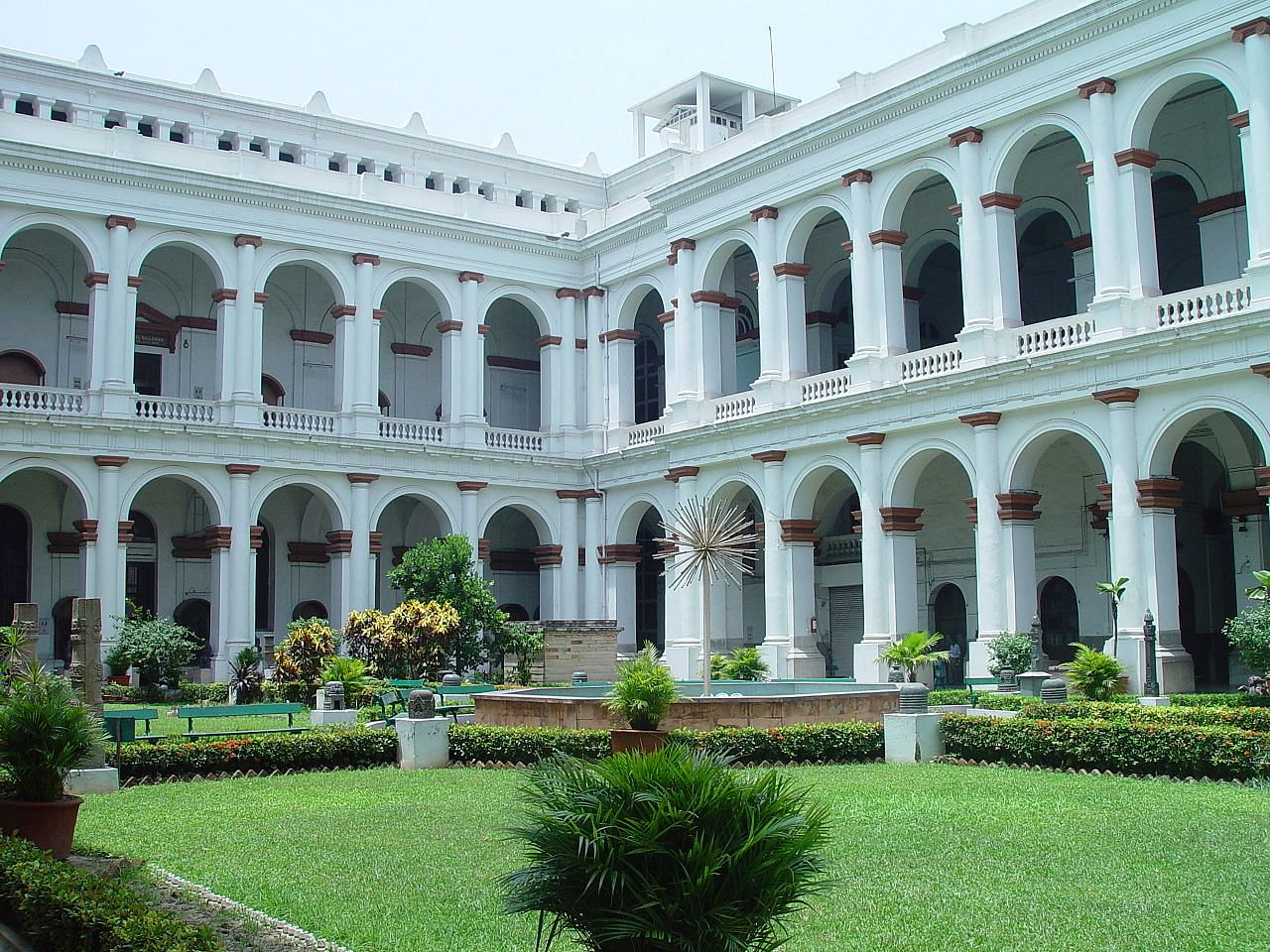
The Indian Museum in Kolkata will unveil a new gallery.
In a few months, the authorities say, the museum will set up a gallery displaying ancient artifacts from the early stone age to the iron age in the exhibition titled the Story of India in 100 objects.
“The tools from the stone age such as such as scrappers, cleavers as well as hand axes used for hunting and food gathering will be on display. These are more than a million years old and made from quartzite,” Rajesh Purohit, director of the museum, told DH.
He also said that the exhibition will cover a long stretch of the evolution of tool making technology in the Indian subcontinent.
The exhibits will be from the stone age, chalcolithic age (when both stone and copper were used in tool making) and the iron age.
Potteries, which date back to the 3,500 BCE, from the chalcolithic age will be on display, too.
“The uniqueness of these potteries lies in their light weight. These are featherweight potteries. They have been baked in high temperatures and have unique geometric and floral designs. It gives a sense of aesthetics, art and knowledge of science the people who made them had,” Purohit said.
One of the key exhibits will be that of a pot resembling a headless man holding a dagger.
The exhibit was discovered from the Bhir Mound of Taxila, which is now in the Punjab province of Pakistan, is about 2,400 years old.
dating back to 6th Century BCE.
Photo Credit: Indian Museum
“The articulation of the pottery in the form of a human shape resembles Egyptian as well as the ancient Italian pottery. Dating back to about 3rd or 2nd Century BCE, the pot was probably used for keeping sacred ash and was found from a burial site,” he said.
Coins from the iron age dating back to the 6th Century BCE will also be on display.
“These coins, called punch-marked silver coins were contemporary at the time of Gautam Buddha,” the director said.
Photo Credit: Indian Museum
Another iron age exhibit will be a Bharu railing depicting Indian lifestyle in the 2nd and 1st Century BCE.
There will also be a Buddha statue which belongs to the era spanning from 1st Century BCE till 1st Century CE.